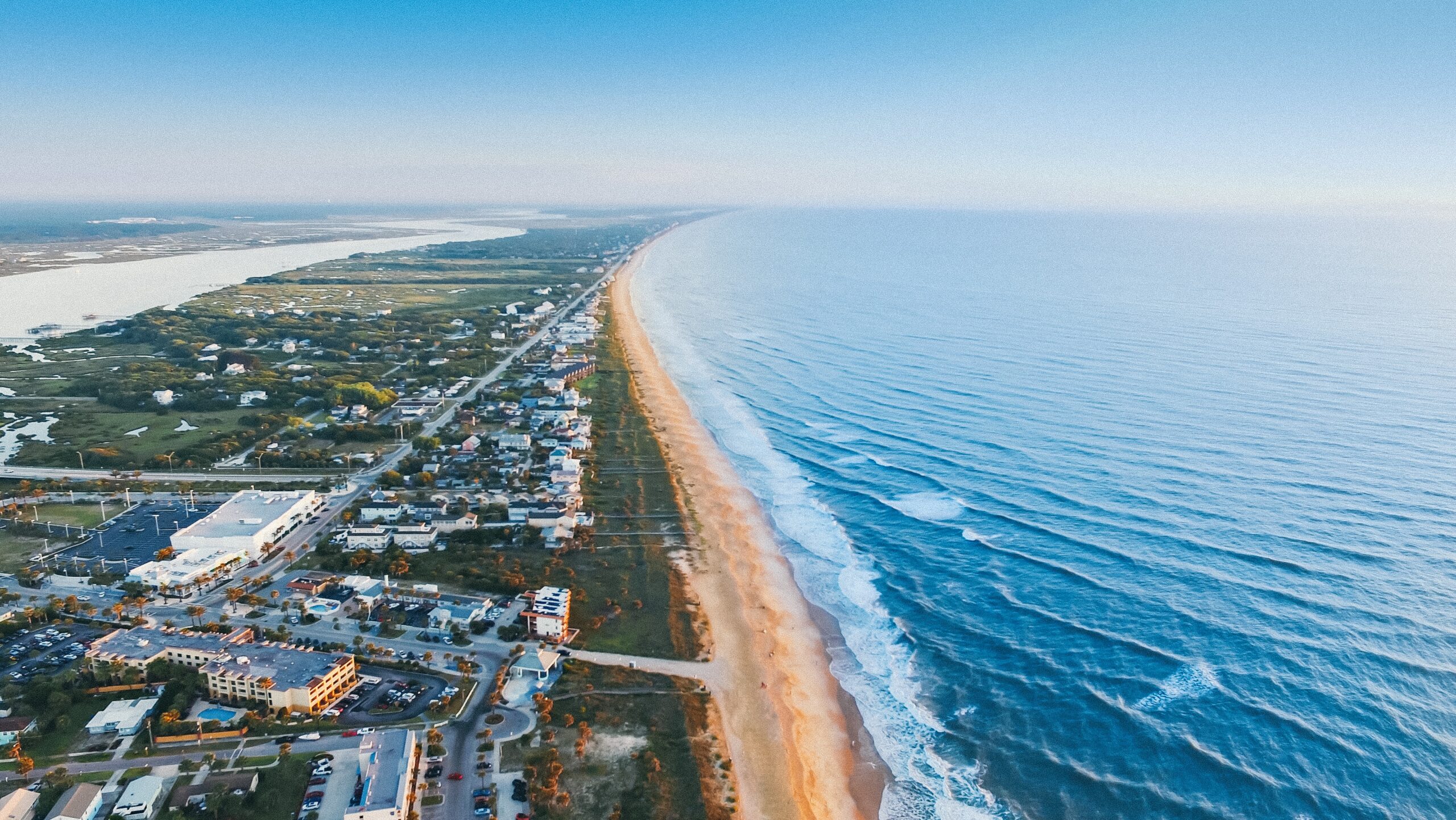The Gulf Coast region is no stranger to the impact of hurricanes, which are powerful and destructive storms that can have severe consequences for coastal communities. The warm waters of the Gulf of Mexico provide the fuel necessary for hurricanes to develop and intensify, making this region particularly susceptible to their formation.

Understanding and Preparedness
Hurricanes in the Gulf Coast can bring about high winds, torrential rainfall, storm surge, and flooding, posing significant risks to both lives and property. Residents and businesses along the Gulf Coast must be prepared for the hurricane season, which typically spans from June to November. Local authorities and organizations work tirelessly to monitor weather patterns and issue timely warnings to ensure the safety of residents. Precautionary measures such as evacuations, securing property, and stocking up on essential supplies are undertaken to minimize the impact of these powerful storms.
In the aftermath of a Gulf Coast hurricane, communities face the challenging task of recovery and rebuilding. Insurance coverage, including hurricane insurance, plays a crucial role in assisting individuals and businesses in their recovery efforts. Insurance policies tailored to the Gulf Coast region often include specific provisions for hurricane-related damages and losses.
Efforts to mitigate the impact of hurricanes in the Gulf Coast region extend beyond insurance. Investments in infrastructure, disaster preparedness, early warning systems, and resilient building practices are vital components of ongoing initiatives aimed at reducing vulnerability and increasing resilience to these natural disasters.
While hurricanes in the Gulf Coast can bring devastation, they also highlight the resilience, determination, and community spirit of those affected. Through preparedness, collaboration, and support, the Gulf Coast region stands strong in the face of these formidable storms, working towards the goal of a safer and more resilient future.